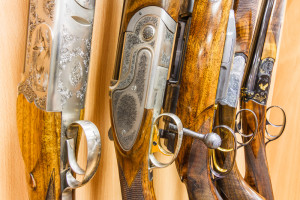
Making Your Own Ammunition
Laura Ingalls Wilder described how Pa made his own bullets in Little House in the Big Woods. Isolated in the Wisconsin wilderness of the 1870s, the Ingalls family lived in a log cabin and had to make many things themselves.

After dinner, Pa moved over to the family hearth with his two daughters at his side. He started by melting lead in a ladle held in the glowing coals, and when it melted, he poured the molten lead carefully into the bullet-mold. After a minute, he popped the mold open. A shining hot bullet dropped out onto the hearth. It was too hot to touch, although the girls sometimes gave in to temptation and then had to shove their fingers into their mouths to cool them off. Once the bullet cooled, Pa shaved off any lumps left by the mold. The finished bullets went into his bullet pouch, and leftover shavings were set aside for making more bullets. Pa was now ready to go hunting the next day.
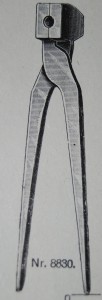
Pa used a rifle, writes Laura. Named after the “rifling,” or spiraling groves on the inside of the barrel, a rifle throws its bullets into a spin and gives them greater accuracy, not unlike football or tennis players putting a spin on their balls. Rifles were a boon to hunters and soldiers.
Rifles vs. Shotguns
Rifles also leave clues on their bullets that help criminal investigators. Those groves leave behind unique “ballistic fingerprints” on each bullet. Law enforcement uses them to identify weapons used in crimes.
Shotguns are different. Their bores are smooth, not rifled, and they shoot a spray of pellets instead of single bullets. Modern shotguns use cartridges containing both shot and powder. Cartridge shells, once spewed from the barrel, can leave telltale clues pointing to the individual shotgun used.
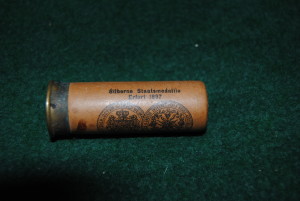
Cartridges were invented during Pa’s lifetime. But early in the 19th century, hunters had to load their shotguns by ramrodding powder, wadding, shot, and a thin cover down the barrel. Many people made their own shot, using the same procedure Pa used to make his bullets or by dropping molten lead into water. And if a criminal used one of those loads, law enforcement had a much more difficult time tracing them back to a weapon.
Early Shotgun Ballistics
Modern forensic science was born in the 19th century, just during the time that cartridges came into vogue and the frontloading shotgun began to fade into obscurity. But Austria’s father of forensic science, Hanns Gross, did address shotgun ballistics in 1899.
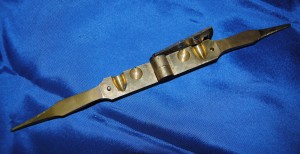
One clue all shotguns left behind was the spray pattern. Distribution of the shot and wadding could give investigators clues about where and in what direction the perpetrator shot. It can even help determine whether it was a crime or accident: “We can determine the cone of dispersion, and hence see whether the victim was in the middle or on the edge of the cone; this is most important when the issue of intention or accident comes in.”
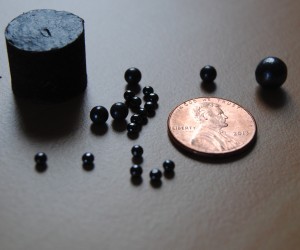
Another important clue was the size of the shot. “If all the pellets are the same, then there is not much evidence to be obtained. But if (providing they all came from the same discharge) the pellets are of mixed sizes, e.g. foxshot and rabbitshot, and if a suspect denies committing the crime, but the same mixture in a similar proportion are found on his person, the investigator has gained at least one piece of evidence.”
That evidence could be very individual, because like Pa, many people in the early 19th century made their own ammunition.
Literature on point:
Hanns Gross, Handbuch für Untersuchungsrichter (3rd ed., Graz: Leuschner & Lubensky’s 1899) p. 410.
Laura Ingalls Wilder, Little House in the Big Woods (New York: Harper Collins 1932).
August Stukenbrok Einbeck, Moderne Waffen, Munition, Jagdartikel (catalogue, ca. 1911).
A special thanks to Markus Beck, weapons dealer in Kirchheim a.N. in Germany, for information about antique German weapons

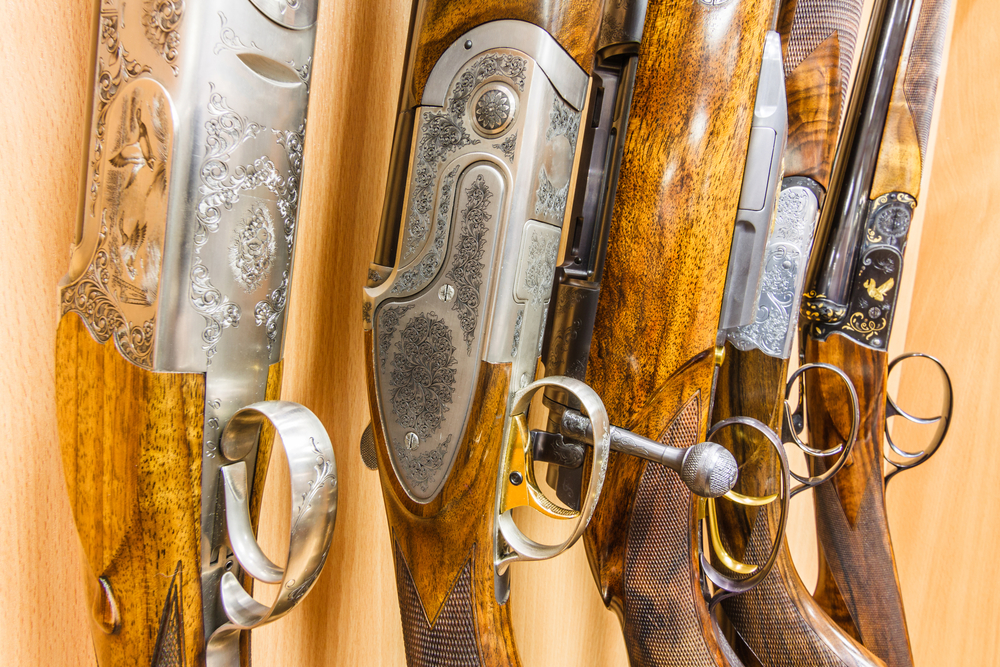
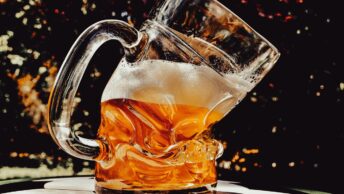


Regarding the penny:
According to legend. Lincoln County, New mexico Territory, Deputy Sheriff Bob Ollinger was killed by Billy the Kid using Ollinger own shotgun. Allegedly, Ollinger had replaced the buckshot in each shell with 9 silver dimes. Allegedly after killing Ollinger, Billy the Kid laughed and quipped, “That is the best buck eighty I’ve ever spent.”
I’ve heard of all sorts of things being used as shot, but hadn’t heard the dime story before. Thanks for sharing, Brian!